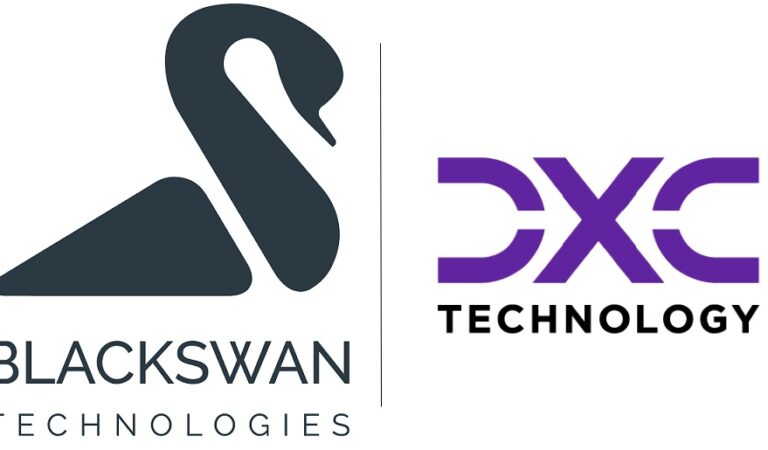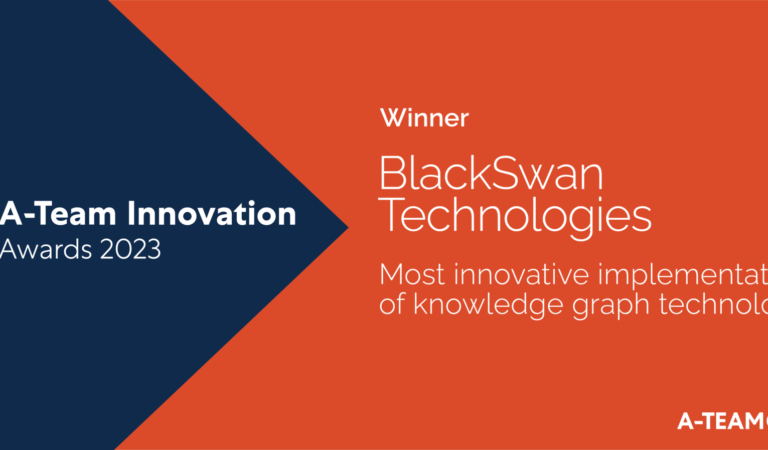
Feb. 10, 2022
Creating a True Single Customer View with a Data Fabric Strategy
By Sharon Uziel and Nadee Wije @BlackSwan Technologies
Enterprises can overcome inconsistencies in customer profiles by utilising a modern data architecture to achieve a single source of truth
While the idea behind a Single Customer View has been around for years, there’s an increasing number of business use cases, such as know your customer (KYC), single client view (SCV), and highly-personalised marketing and sales, that require a comprehensive, 360-degree view of customer data across disparate sources.
Regulatory agencies such as the UK’s Prudential Regulation Authority (PRA) and the Financial Services Compensation Scheme (FSCS) have further deepened the need for a Single Customer View with specific requirements. For instance, the FSCS requires deposit takers to provide an SCV file within 24 hours with all the information needed to ensure that the customer gets paid.
According to a survey by McKinsey, a 360-degree customer view is also crucial for innovation, sustained growth, and superior customer experiences. But how effective are organisations in achieving a Single Customer View?
Organisations have traditionally relied on centralising data in their attempt at creating a holistic Single Customer View, but by doing so, they’ve run into a number of difficulties. This has subsequently affected the overall positive impact that a 360-degree customer view can have.
For instance, when an organisation has grown over time, an entity may have interacted with a number of different business units within the organisation, each of which has a different operational system. This leads to the data becoming unsynchronised; with some of the data up-to-date and other data no longer accurate. Added complexity, such as a change in job role for an entity or two simultaneous roles taken on by the same entity, are often difficult for an organisation to verify in a centralised Single Customer View. This is largely because traditional centralised approaches are incapable of incorporating unique identifiers from multiple systems, and determining which of these are most accurate.
Integrating new data sources into traditional platforms also tends to be costly, time-consuming, and resource-intensive due to inconsistencies in data formats, a lack of context, and poor data quality.
However, organisations can overcome these challenges posed by traditional, centralised data strategies using a Data Fabric approach.
Introducing a Data Fabric approach
Data Fabric is a design concept that supports access and sharing of data in a distributed environment without friction through the use of a unified data management framework. The framework combines data integration, data visualisation, and data management technologies.
Gartner recently noted that by utilising a Data Fabric to enable a continuous analysis of data assets and to support the design, deployment and utilisation of diverse data, organisations can reduce the time required for integration by 30%, deployment by 30%, and maintenance by 70%.
A Data Fabric approach includes the use of data virtualisation, which enables organisations to access data assets directly from any operational source without having to replicate them. Thus, organisations are able to bypass data silos and ensure that there are no data discrepancies between the data creators and the data consumers.
The ideal Data Fabric approach would ensure that customer profiles can be further enriched using structured and unstructured data, metadata, open source intelligence, and paid-for sources. In addition, the most sophisticated Data Fabric strategies should include a product catalog that facilitates up-to-date visibility of metadata between data repositories such as data lakes and their consumers. This simplifies the process of sharing data across applications and reduces the cost of reusing data already fetched from prepaid sources by other business units within the organisation. This subsequently allows organisations to swiftly maintain best practice values and data models of the domain, overcoming the cumbersome approach of having to start from scratch every time to provide meaningful context.
All this means that customer data remains up-to-date, complete, and normalised. Thus, by shifting to a Data Fabric approach, organisations can overcome the resource-intensive nature of centralised data platforms.
The Data Fabric architecture also allows organisations to cross-reference data points and make inferences, generate intuitive views and analysis of entity relationship networks, and align customer data with other 360-degree profiles such as KYC. This enables organisations to more effectively perform deep investigations and comply with regulatory obligations.
Streamlining deeper investigations with Data Fabric
Global organisations have succeeded in using a decentralised approach to obtain an up-to-date and accurate Single Customer View in order to streamline deeper investigations. In one such example, a Tier 1 bank consolidated its clients and activities using Data Fabric capabilities to enable investigations for anti-bribery and corruption.
The bank was required to meet regulatory obligations for Single Customer View by obtaining a consolidated and holistic view of clients and activities across multiple accounts, booking centres, and divisions.
However, as the bank experienced inorganic growth which led to entities interacting with different business units that had their own operational systems, customer data became unsynchronised.
To tackle these issues and enable investigations into anti-bribery and corruption, the bank needed to overhaul data organisation and raise data quality. To do this, the organisation had to ensure it could verify the timeliness and accuracy of the data, and resolve entities across multiple systems. The bank also needed to reduce siloed data assets and harmonise data sharing between teams.
All this was achieved by using core capabilities described in the Data Fabric design concept. First, deploying data virtualisation to pull data from any operational source without the need for replication. Then, consolidating data from a multitude of systems and divisions and enriching this information using structured and unstructured data, metadata, open source intelligence and paid-for sources.
As a result, the bank was able to seamlessly meet regulatory requirements and thus minimise monetary losses to fines, all while circumventing the need for a costly centralisation project. Investigations were also streamlined by visually representing a consolidated global network of entities thoroughly, which supported investigators in uncovering deep relationships. And the efficiency of existing processes such as KYC was improved by enriching entity profiles with insights from fresh sources.
BlackSwan’s Approach
BlackSwan Technologies’ ELEMENT of Customer 360™ application challenges the traditional, centralised approach for creating a 360-degree view of a specific entity. The application leverages ELEMENT Knowledge Mesh, a productisation of the Data Fabric concept, to achieve a true Single Customer View. The capabilities include data virtualisation which enables data to reside at the source and across different business units, and to be consumed by anyone with the relevant permission across the enterprise, thanks to a dynamic and intelligent data infrastructure.
It can integrate a vast amount of structured and unstructured data, metadata, OSINT, paid-for sources, and public data. Crucially, it is equipped with a product catalog which allows the swift maintenance of best practice values and data models of the domain, overcoming the cumbersome approach of starting from scratch and providing context.
Contact BlackSwan for more information or to request a demo.
Sharon Uziel is VP of Technology at BlackSwan Technologies. He has held numerous senior technology roles at established organisations over the last 20 years.
Nadee Wije is a Copywriter at BlackSwan Technologies. Certified in copywriting and content marketing, she has over 3 years of experience writing sales and marketing content for emerging B2B technology companies across the globe.
Follow BlackSwan on Twitter and LinkedIn


